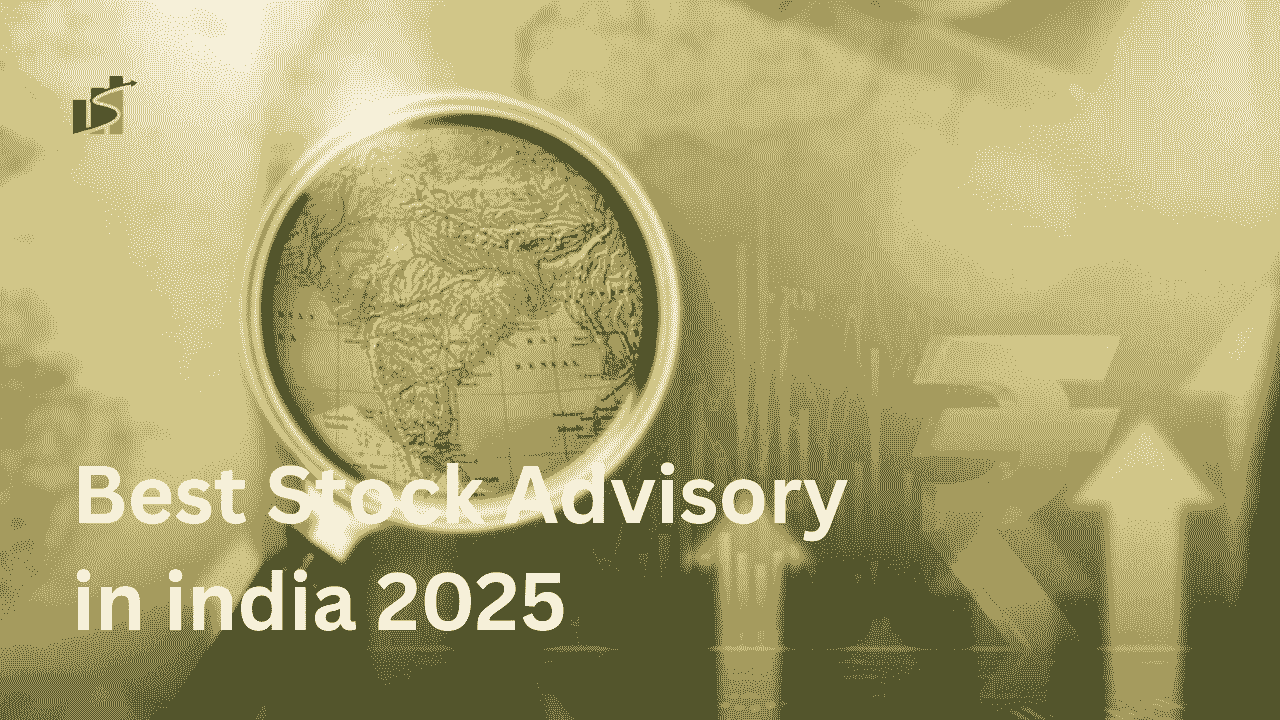The global Salmon Market is experiencing robust growth, driven by increasing health consciousness, rising disposable incomes, and a growing preference for nutritious seafood options. In 2024, the market reached a volume of 3.7 million tons, and it is projected to attain 4.8 million tons by 2033, expanding at a CAGR of 3.0% during 2025-2033. Key factors propelling this growth include advancements in aquaculture technologies, favourable government policies supporting sustainable fisheries, and the escalating demand for value-added salmon products. Notably, the European Union currently dominates global consumption, accounting for over 46.3% of the market share in 2024.
STUDY ASSUMPTION YEARS
- Base Year: 2024
- Historical Years: 2019-2024
- Forecast Years: 2025-2033
SALMON MARKET KEY TAKEAWAYS
- Market Size and Growth: The global salmon market reached 3.7 million tons in 2024 and is expected to grow to 4.8 million tons by 2033, exhibiting a CAGR of 3.0% during 2025-2033.
- Dominant Consumption Region: The European Union leads global consumption, holding over 46.3% market share in 2024.
- Type Segment: Farmed salmon accounts for most of the market share, ensuring year-round availability and predictable supply.
- Species Preference: Atlantic salmon holds the largest share in the salmon industry, attributed to its high protein and omega-3 content.
- Product Form: Frozen salmon remains a dominant segment due to its cost-effectiveness and extended shelf life, appealing to both consumers and businesses.
- Distribution Channel: Foodservice represents the leading distribution channel segment, driven by the increasing demand for ready-to-eat and convenience seafood products.
MARKET GROWTH FACTORS
- How Recirculating Aquaculture Systems (RAS) Are Revolutionizing Sustainable Fish Farming?
Technological advancements are transforming salmon farming, making it more efficient, sustainable, and eco-conscious. Recirculating Aquaculture Systems (RAS) allow farmers to raise salmon in clean, controlled environments that minimize environmental impact and promote healthier fish. Innovative, nutrient-rich fish feeds – crafted from sustainable ingredients – are reducing dependence on wild fish while enhancing salmon growth and quality. Additionally, digital tools like automated monitoring and blockchain-based tracking systems are improving fish health management and enhancing transparency across the supply chain. These smart solutions not only boost production but also align with growing consumer demand for responsibly farmed seafood.
- How Government Policies Are Driving Salmon Market Expansion?
Government policies and support initiatives are significantly accelerating the growth of the salmon market. Programs such as India’s Pradhan Mantri Matsya Sampada Yojana (PMMSY) aim to boost fish production and enhance seafood exports, encouraging greater investment in aquaculture. Regulatory frameworks promoting sustainable fishing practices and environmental stewardship are enabling salmon farmers to adopt safer, more responsible methods. Additionally, certifications and eco-labels help build consumer confidence by ensuring that the salmon is sourced in an environmentally conscious manner. Collectively, these efforts are laying a strong foundation for sustainable, long-term expansion of the global salmon industry.
- Why Omega-3 Salmon Is a Superfood for Your Health?
The growing preference for healthy, protein-rich foods is fuelling demand for salmon, thanks to its high content of omega-3 fatty acids – essential for heart and brain health. As consumers become increasingly health-conscious, salmon has emerged as a popular choice. Additionally, today’s fast-paced lifestyles are driving the demand for convenient meal solutions. Ready-to-eat salmon products, such as smoked, canned, and frozen varieties, are gaining popularity for their ease of preparation and nutritional value. The expansion of e-commerce and subscription-based delivery services is further boosting accessibility, enabling consumers to purchase their favourite salmon products from the comfort of home. Together, these trends are propelling the steady growth of the global salmon market.
Request for a sample copy of this report:
https://www.imarcgroup.com/salmon-market/requestsample
MARKET SEGMENTATION
By Type:
- Farmed: Accounts for most shares due to its ability to meet the growing global demand for salmon at a more consistent and affordable price.
- Wild Captured: Preferred for its natural diet and flavor profile, catering to niche markets and traditional consumption patterns.
By Species:
- Atlantic: Holds the largest share in the salmon industry, attributed to its high protein and omega-3 content.
- Pink: Known for its mild flavour and affordability, making it popular among consumers seeking value options.
- Chum/Dog: Valued for its firm texture and suitability for smoking and canning processes.
- Coho: Appreciated for its rich taste and vibrant colour, often used in premium culinary applications.
- Sockeye: Recognized for its deep red flesh and robust flavour, favoured in gourmet dishes.
- Others: Includes lesser-known species catering to specific regional preferences and culinary uses.
By End Product Type:
- Frozen: Remains a dominant segment due to its cost-effectiveness and extended shelf life, appealing to both consumers and businesses.
- Fresh: Preferred for its taste and texture, often consumed in regions with access to local fisheries.
- Canned: Offers convenience and affordability, widely accepted in North America and Europe.
- Others: Includes smoked, cured, and ready-to-eat products catering to diverse consumer preferences.
By Distribution Channel:
- Foodservice: Represents the leading distribution channel segment, driven by the increasing demand for ready-to-eat and convenience seafood products.
- Retail: Encompasses supermarkets, hypermarkets, and online platforms, offering a wide range of salmon products to consumers.
Breakup by Region:
-
- North America (United States, Canada)
- Asia Pacific (China, Japan, India, South Korea, Australia, Indonesia, Others)
- Europe (Germany, France, United Kingdom, Italy, Spain, Russia, Others)
- Latin America (Brazil, Mexico, Others)
- Middle East and Africa
REGIONAL INSIGHTS
In 2024, the European Union led the global salmon market, making up over 46.3% of total consumption. This strong position comes from high demand for both farmed and wild salmon in many EU countries. Supportive government policies and a strong focus on sustainable fishing methods have helped boost salmon availability and meet growing consumer preferences for healthy, eco-friendly seafood.
RECENT DEVELOPMENTS & NEWS
Recent improvements in fish farming technology are helping the salmon market grow faster. New methods like recirculating aquaculture systems (RAS) and eco-friendly fish feed are making salmon farming more efficient and better for the environment. At the same time, more people are buying salmon online thanks to subscription services and bulk order discounts. These changes show how the industry is working to meet rising global demand while staying sustainable and accessible.
KEY PLAYERS
Cermaq Group, Lerøy Seafood Group ASA, Mowi ASA, and SalMar ASA, etc.
Ask Analyst for Customization:
https://www.imarcgroup.com/request?type=report&id=974&flag=C
If you require any specific information that is not covered currently within the scope of the report, we will provide the same as a part of the customization.
About Us:
IMARC Group is a global management consulting firm that helps the world’s most ambitious changemakers to create a lasting impact. The company provides a comprehensive suite of market entry and expansion services. IMARC offerings include a thorough market assessment, feasibility studies, company incorporation assistance, factory setup support, regulatory approvals and licensing navigation, branding, marketing and sales strategies, competitive landscape, and benchmarking analyses, pricing and cost research, and procurement research.
Contact Us:
IMARC Group
134 N 4th St. Brooklyn, NY 11249, USA
Email: sales@imarcgroup.com
Tel No:(D) +91 120 433 0800
United States: +1-631-791-1145



